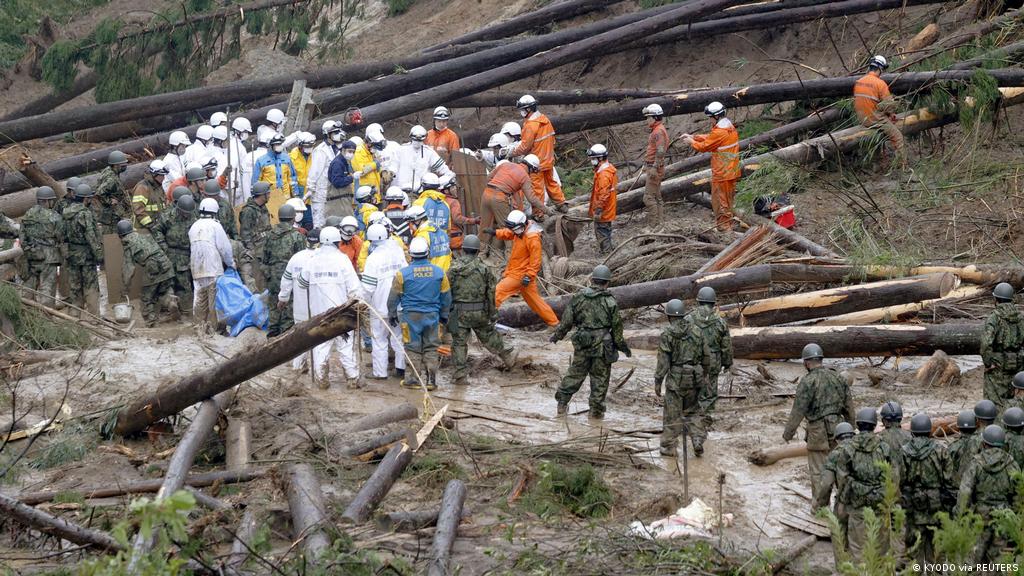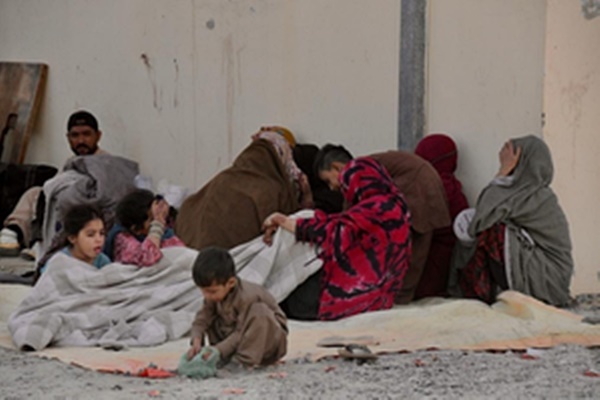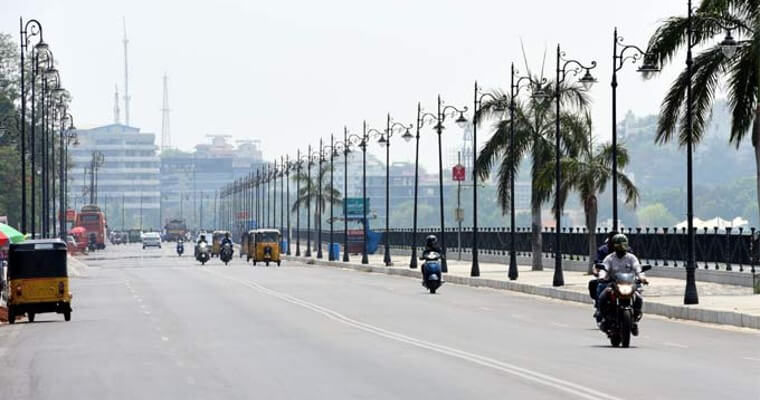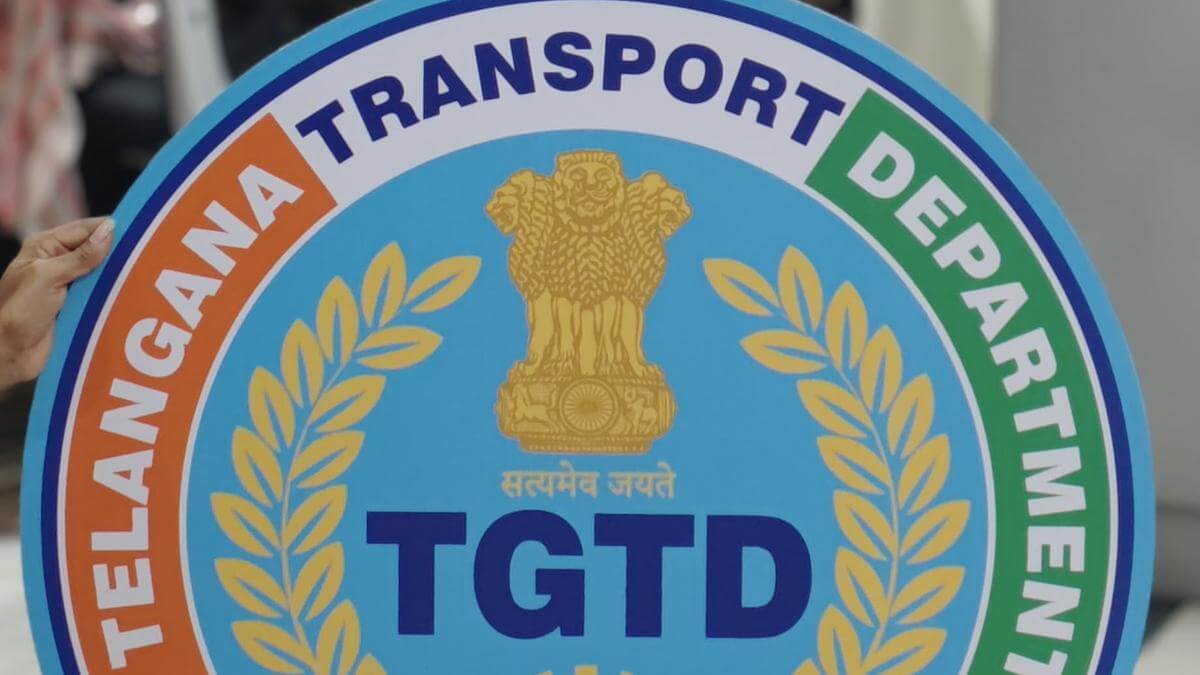Typhoon Nanmadol killed four people, more than 100 injured in Japan
Wed 21 Sep 2022, 11:22:01

Typhoon Nanmadol killed at least four people and injured more than 100 others after one of the biggest storms in recent decades made landfall on the southern island of Kyushu, Japan on Sunday morning.
Rescue workers have warned of mudslides and flooding. By Tuesday, 140,000 homes were still without electricity. The storm has now been downgraded to a cyclone, after moving across much of the country and heading out to sea. State broadcaster NHK said one man was killed when his car was submerged in flooding, and another died after being buried in a landslide.
Two more people were found without vital signs. At least 114 people have been injured, 14 of them seriously. The super
typhoon destroyed homes, and disrupting transport and businesses. It is equivalent to a category four or five hurricane.
typhoon destroyed homes, and disrupting transport and businesses. It is equivalent to a category four or five hurricane.
The capital, Tokyo, experienced heavy rain, with the Tozai underground line suspended because of flooding. Bullet train services, ferries and hundreds of flights have been cancelled; shops and businesses have shut.
Scientists have predicted an active hurricane season this year, influenced by a natural phenomenon known as La Niña.
Warmer sea surface temperatures in the Atlantic and Caribbean as a result of climate change may also impact the frequency and intensity of hurricanes.
No Comments For This Post, Be first to write a Comment.
Most viewed from International
Most viewed from World
AIMIM News
Latest Urdu News
Most Viewed
May 26, 2020
Do you think Canada-India relations will improve under New PM Mark Carney?
Latest Videos View All
Like Us
Home
About Us
Advertise With Us
All Polls
Epaper Archives
Privacy Policy
Contact Us
Download Etemaad App
© 2025 Etemaad Daily News, All Rights Reserved.


.jpg)
.jpg)








.jpg)







.jpg)
.jpg)
.jpg)
.jpg)
.jpg)

















